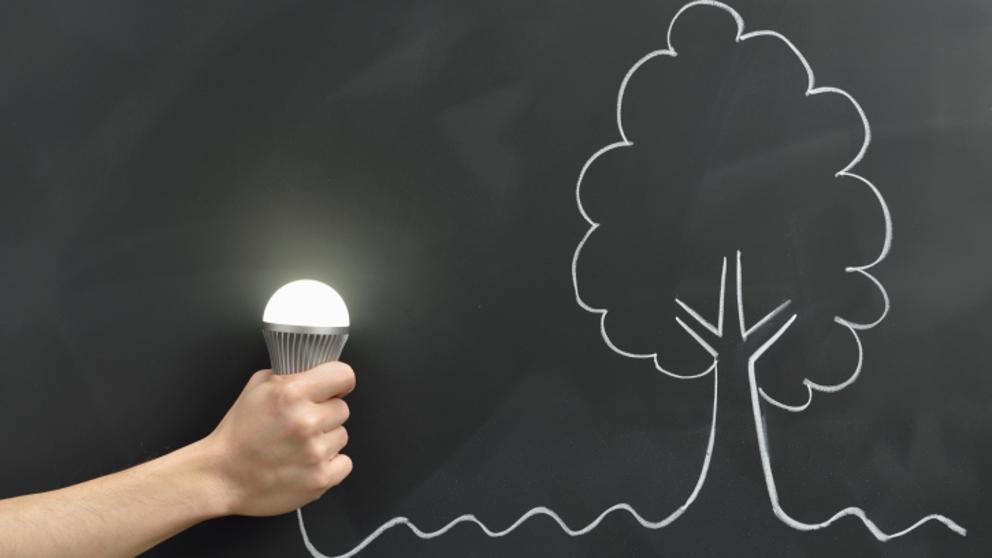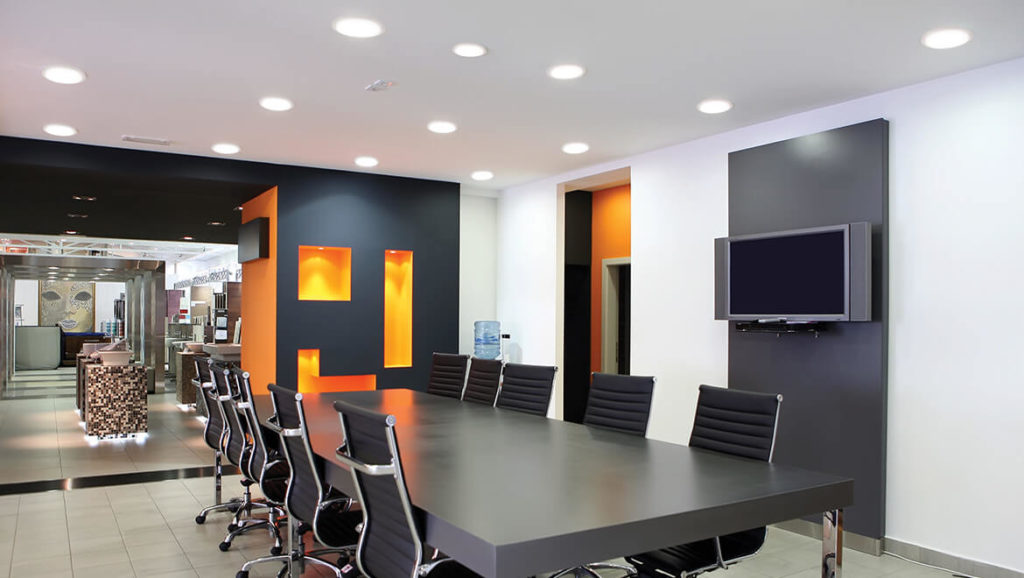How does LED lighting help the environment?
LED lighting (or light-emitting diode) is one of the most modern lighting technologies. At a time when environmental responsibility occupies a prominent place on the agenda of most companies, LEDs offer an attractive alternative to other forms of lighting. When considering how LEDs (and, consequently, the adoption of the use of LEDs) can have a positive impact on the environment, we must take into account two important features of LED technology:
How LED lighting helps the environment
Source of effectiveness:
It refers to how well the LED produces the desired result (in this case, the efficiency of the LED device)
The efficiency of the luminaire:
It refers to how well the device and accessory work together to provide the necessary lighting
So, in simple terms, when we think about lighting efficiency, the less energy required to provide light, the better. In the case of LED lighting, the amount of electricity consumed depends not only on the LED device but also on the design of the lighting device. But, as a general rule, good quality LEDs can last more than 25 times longer than traditional light bulbs; Therefore, if your goal is energy efficiency, LEDs are the smartest choice! However, the energy efficiency of LEDs has greater implications than simply saving money for you or your business in the long term. Since it is considered one of the most “green” lighting sources, it provides numerous environmental benefits. Let's look at only three ways in which LED lighting can help the environment:
LEDs have a longer lifespan than traditional bulbs
One of the main reasons why
LED bulbs are considered so green is the fact that they are designed to last much longer than conventional bulbs. LED bulbs can last up to 20 times longer than standard forms of lighting, such as incandescent bulbs or halogen bulbs, which has a very positive effect on the environment. The fact that LEDs last longer means that fewer light bulbs are needed and, conversely, it is not necessary to replace them as often. Remember: less is more when it comes to helping the environment; therefore, the fact that fewer lights are needed means that fewer resources will be needed for manufacturing, packaging, and transportation.
There is less waste of energy with LED lighting
Standard LED bulbs can be up to 80% more energy-efficient than conventional bulbs and waste much less energy than other lighting styles. Fluorescent lights, for example, convert about 95% of the energy they produce into heat and only 5% into light. LED lights, however, convert 95% of their energy into light and only 5% is wasted as heat. This means that LEDs require less energy than normal forms of lighting, so obviously, the less energy they require, the more positive the effect on the environment. As a business owner or owner, this is also an important feature, since the less energy required to produce lighting, the lower your monthly energy bills. So, when you choose LED lighting for your home or business, it can not only help save the planet you live in, but it can also save money in the process.
LEDs are not toxic
Enter most commercial stores and you will see fluorescent tube lights on the ceiling, which in turn are extremely poor when it comes to conserving energy. They are also very harmful to the environment, as they contain chemical elements and toxic elements, including mercury. This means that, when disposed of in landfills, these toxic elements can expel and contaminate the environment. Therefore, they must be disposed of in a particular way, which means that they must be collected by specialized waste carriers. However, LED lights do not contain hazardous materials (so they are obviously much safer for the environment) and do not require specialized waste. This means that it is not necessary to organize a vehicle to drive to the facilities to pick them up and then discard them, so there are also fewer emissions on the road. While the impact of this on the environment may not seem very isolated, consider the difference it would make if everyone switched to LED lighting!


Comments
Post a Comment